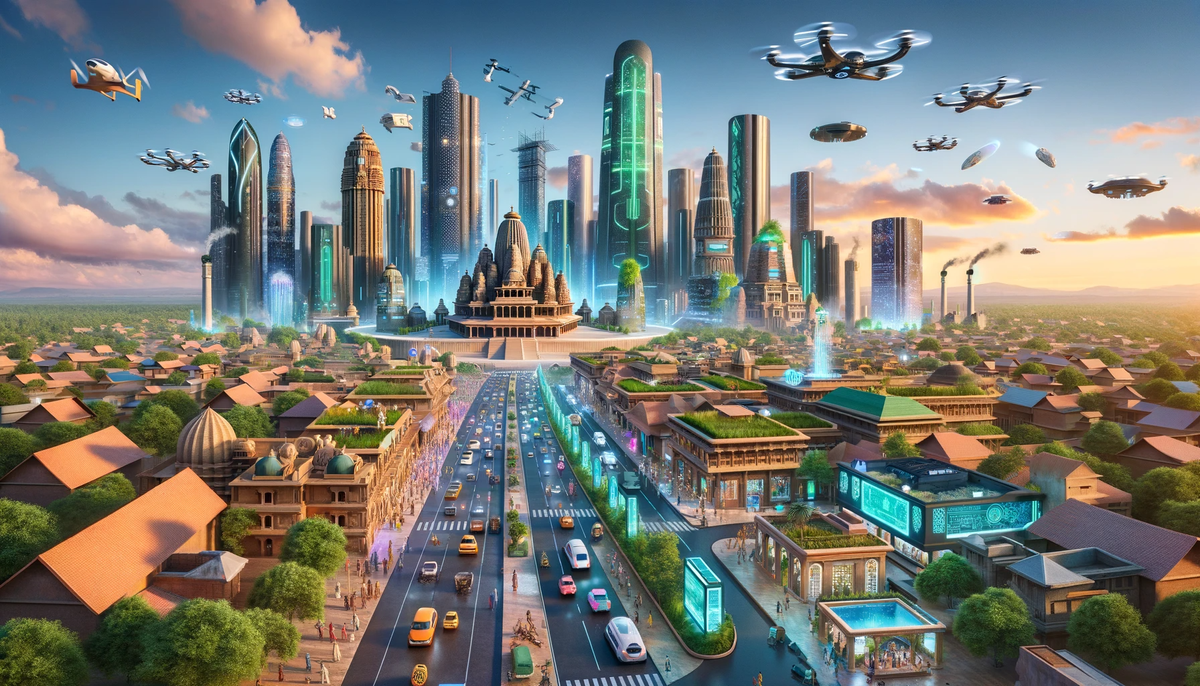Exploring the Future: Ayodhya Ram Temple in 2200 AD
Today, let's embark on a visual and conceptual journey to the Ayodhya Ram Temple, not as it stands in our current time, but as it might appear in the year 2200 AD according to the imagination of "Srinidhi Ranganathan" and "Mr. Mohan Leela Shankar"





